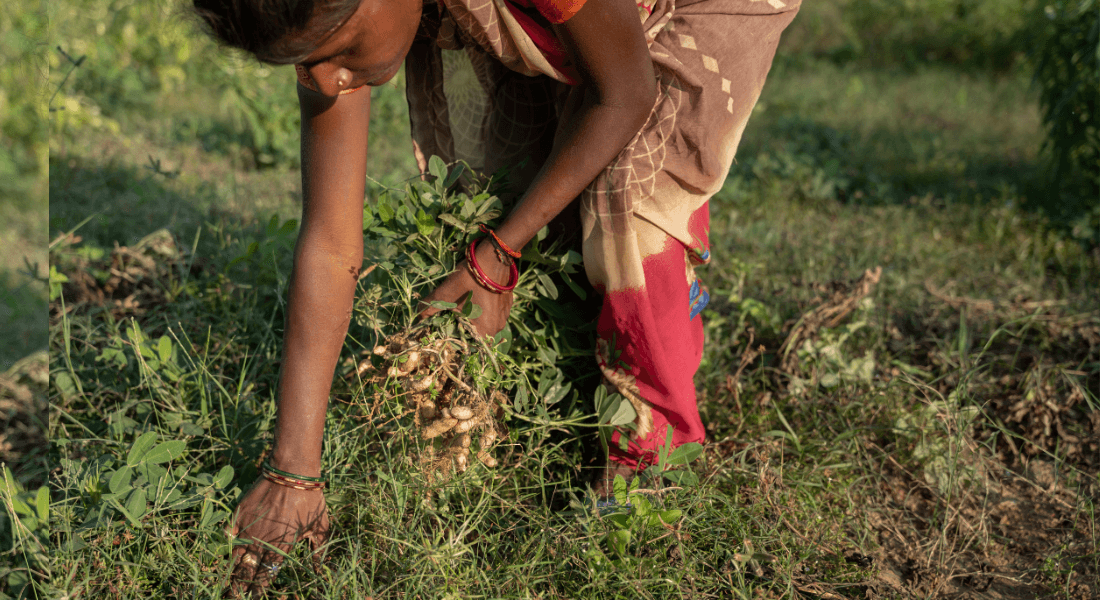Researchers call for tools to link nature and public health
Governments must urgently rethink how they measure and address the health of both people and the planet, since the two are far more connected than current policies reflect, say researchers from an international collaboration co-led by Professor David Nogués-Bravo, Center for Macroecology, Evolution and Climate (CMEC).

Despite years of agreements and ambitions from countries around the world to protect nature and improve public health, the proper tools to track how the efforts work together are still missing.
However, the adoption of the Kunming-Montreal Global Biodiversity Framework in 2022 and the Global Action on Plan on Biodiversity and Health in 2024 offer a new opportunity for governments to rethink how they tackle environmental challenges that affect human health.
In a new study published in PLOS Global Public Health, researchers from the University of Copenhagen, the London School of Hygiene and Tropical Medicine, and the Inter-American Institute for Global Change Research warn about the consequences of developing environmental and public health policies in isolation.
This, they say, is a missed opportunity - especially as the world faces rising threats from both biodiversity loss and health crises. By pointing to the two major international agreements as key moments to change course, the researchers highlight the necessity to embed health considerations into environmental planning, and vice versa:
-This is about making better decisions with the best available knowledge. We can’t afford to ignore the links between a healthy environment and a healthy population, says co-author Dr. Sarah Whitmee.
Losing biodiversity jeopardizes people’s well-being
A key element in the new study is the importance of intact ecosystems to provide essential services that support human life, including clean water, food, disease regulation, climate stability, and even mental well-being.
But as biodiversity continues to decline, the risks to human health are growing, and without tools that measure how environmental changes affect health, governments are flying blind, the authors warn:
-Biodiversity loss is not just about nature; it’s also about people’s well-being. To protect both, we need shared tools that can show us how the health of our environment affects our own, says co-leading author, David Nogués-Bravo, Professor at the Center for Macroecology, Evolution and Climate (CMEC), Globe Institute, University of Copenhagen.
Bridging the gap with different approaches
The team reviewed a range of scientific approaches including conservation biology, Indigenous knowledge systems, and the so-called “One Health” and “planetary health” frameworks.
All aim to bridge the gap between ecological and human well-being by calling for collaboration across these fields to develop new indicators that are both scientifically sound and useful for policymakers, co-author Dr. Liz Willets explain:
-Governments have repeatedly asked for these kinds of indicators, but progress has been slow. Our paper outlines what’s needed to move forward.
As countries update their national biodiversity strategies in line with new global goals, the researchers call for action to start including public health metrics in environmental planning to help governments better target investments, assess risks, and ensure that efforts to protect nature also improve human lives.
About the publication
Nogués-Bravo D, Whitmee S, Willetts L (2025). Metrics for biodiversity and health policy integration. PLOS Global Public Health 5(7): e0004624. Access publication here.
Contact
David Nogués-Bravo
Professor
E-mail
